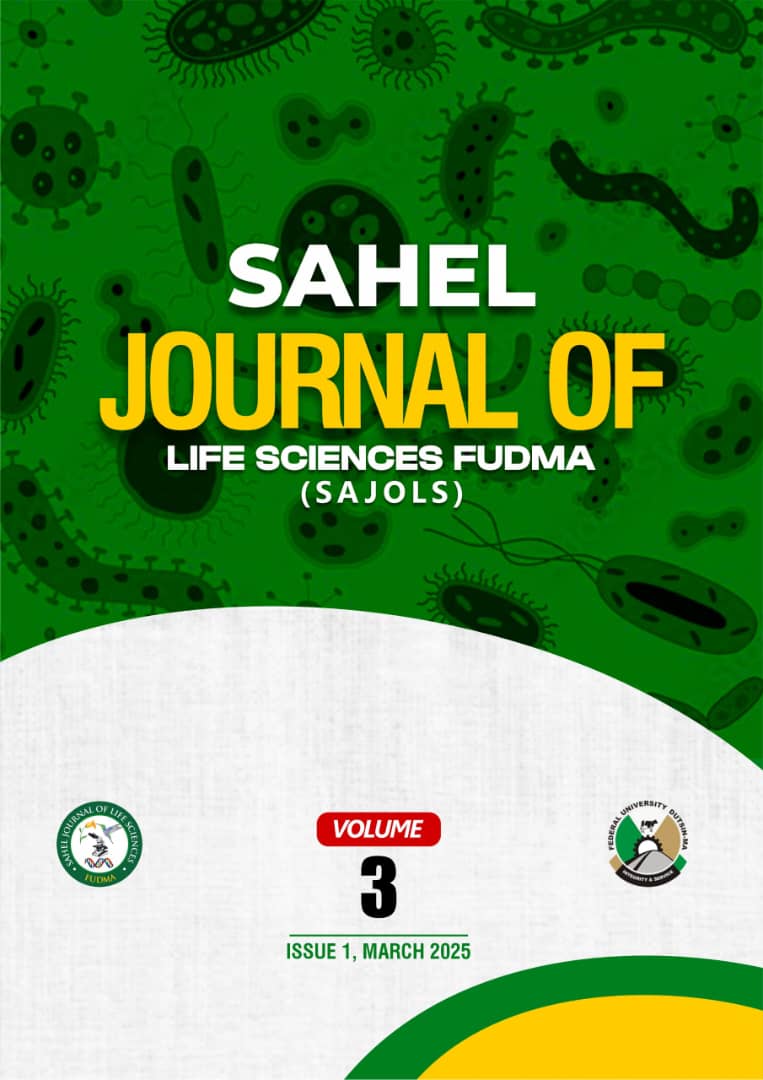Economically-motivated Adulterants in Milk and Infant Formulas Marketed in Sokoto Metropolis
DOI:
https://doi.org/10.33003/sajols-2025-0301-54Abstract
Milk adulteration is becoming a serious problem worldwide, particularly in underdeveloped and developing countries. The issue is attributed to factors such as low purchasing power, lack of suitable rapid test kits, degraded societal morals, inadequate monitoring, and lack of proper law enforcement. Repeated consumption of adulterated milk is likely to cause serious public health problems and raises significant concerns to the food industry and authorities. A total of fifteen (15) milk samples of different brands were randomly selected and purchased from local markets and supermarkets within Sokoto metropolis, Sokoto State, Nigeria. Twelve different adulterants (Sugar, starch, glucose, formalin, detergents, sodium chloride, hydrogen peroxide, pulverized soap, benzoic acid, nitrate, azo dye, and annatto) were tested qualitatively using standard analytical procedures. The findings from this study indicate that sugar and starch were detected in 60% and 27% of the milk samples, respectively. There was a 20% detection of each of hydrogen peroxide and detergents among the milk samples analyzed. Glucose, sodium chloride, and formalin were present in all the milk samples. However, pulverized soap, nitrate, benzoic acid, and colorants (azo dye and annatto) were not detected in any of the milk samples. The percentage values indicate the extent of specific adulteration of the milk samples by different adulterants irrespective of the amount (trace, moderate, and high). This study confirmed evidence of milk adulteration sold within Sokoto metropolis. Hence, stricter measures on control, registration, regulation, and awareness creation must be put in place to curb this growing problem.


